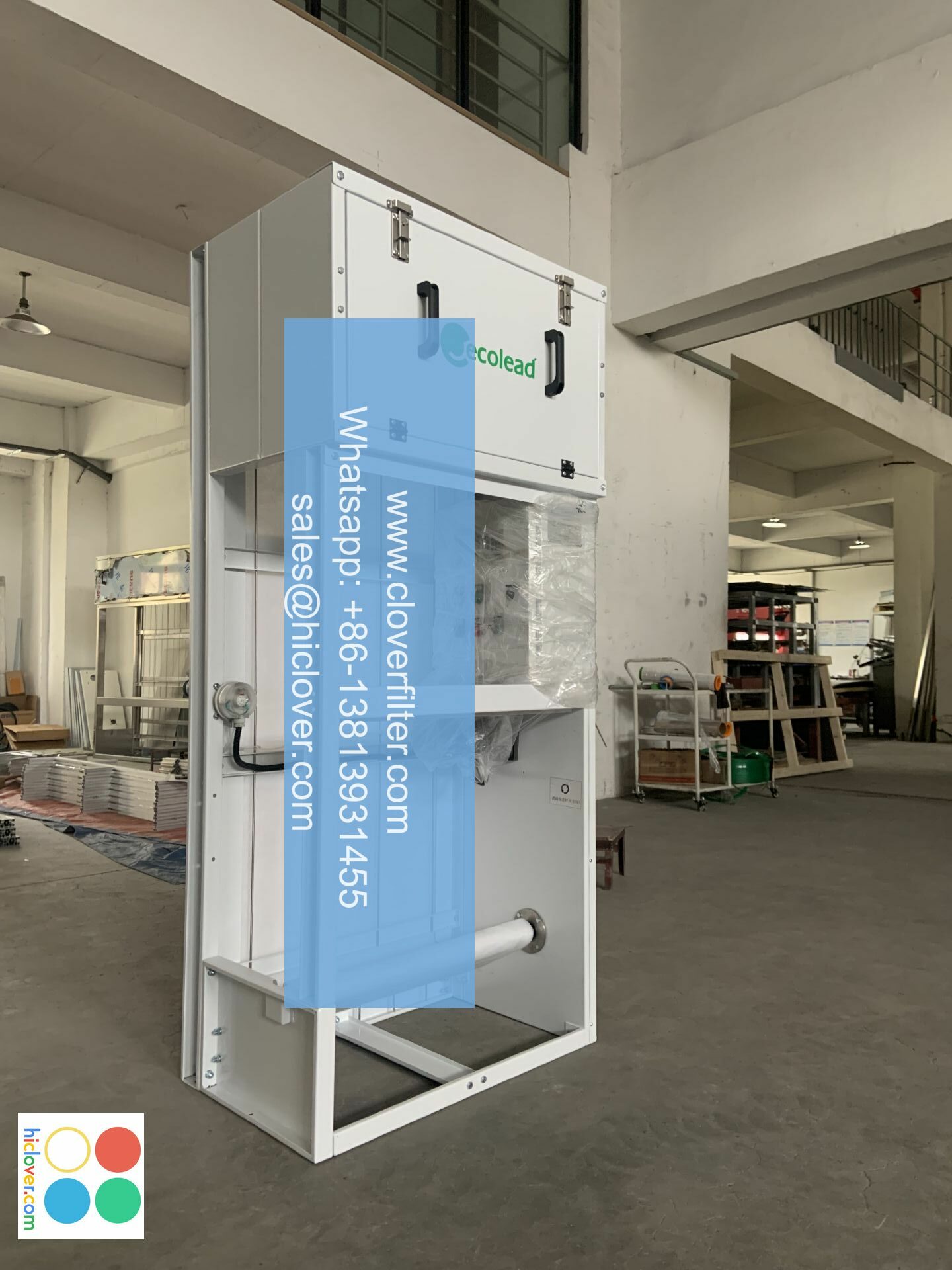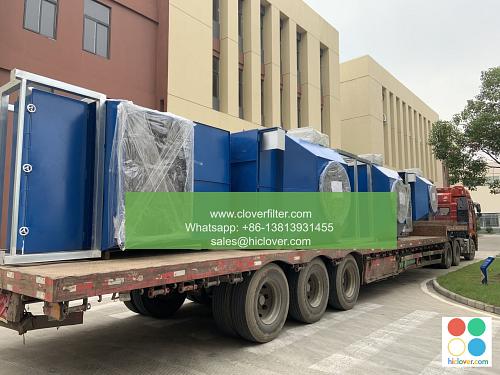The Role of Industry Standards in Air Filter Innovation: A Study on R&D Investment

The air filter industry has experienced significant growth in recent years, driven by increasing concerns about indoor air quality, environmental sustainability, and energy efficiency. As a result, manufacturers are investing heavily in research and development (R&D) to create innovative air filter solutions that meet the evolving needs of consumers and regulatory requirements. In this article, we will explore the role of industry standards in driving air filter innovation, with a focus on R&D investment and its impact on various application areas, including HEPA filtration, ultrafine particle capture, and smart air purification systems.
Introduction to Industry Standards
Industry standards play a crucial role in shaping the air filter market by providing a framework for manufacturers to design and test their products. Standards such as ASHRAE 52.2 and ISO 16890 provide guidelines for evaluating air filter performance, including factors such as filter efficiency, pressure drop, and durability. By adhering to these standards, manufacturers can ensure that their products meet the required levels of quality and performance, which is essential for indoor air quality control and occupant health.
R&D Investment and Innovation
The air filter industry is characterized by intense competition, and manufacturers are investing heavily in R&D to stay ahead of the curve. According to a recent study, the global air filter market is expected to reach $14.1 billion by 2025, growing at a CAGR of 7.3% from 2020 to 2025. This growth is driven by increasing demand for high-efficiency air filters, nanofiber-based filters, and intelligent air purification systems. Companies that invest in R&D are more likely to develop innovative products that meet the evolving needs of consumers and regulatory requirements, such as energy efficiency standards and indoor air quality regulations.
Application Areas
The air filter industry serves a wide range of application areas, including:
* Residential and commercial HVAC systems: High-efficiency air filters are essential for maintaining good indoor air quality and reducing energy consumption.
* Industrial processes: Air filters are used to control air pollution and occupational exposure in industries such as manufacturing, pharmaceuticals, and food processing.
* Aerospace and automotive: Air filters are used to control air quality and particle contamination in aircraft cabins and vehicle interiors.
* Healthcare and medical devices: Air filters are used to control infection control and patient safety in hospitals and medical facilities.
Conclusion
In conclusion, industry standards play a vital role in driving air filter innovation, and R&D investment is essential for developing products that meet the evolving needs of consumers and regulatory requirements. The air filter industry serves a wide range of application areas, including residential and commercial HVAC systems, industrial processes, aerospace and automotive, and healthcare and medical devices. As the industry continues to evolve, we can expect to see new and innovative air filter solutions that address the growing concerns about indoor air quality, environmental sustainability, and energy efficiency. By investing in R&D and adhering to industry standards, manufacturers can ensure that their products meet the required levels of quality and performance, which is essential for occupant health and well-being.
Recommendations
Based on the study, we recommend that manufacturers prioritize R&D investment in the following areas:
* Nanofiber-based filters for improved filter efficiency and energy efficiency
* Smart air purification systems for real-time air quality monitoring and control
* Ultrafine particle capture for improved indoor air quality and occupant health
* Sustainable materials for reduced environmental impact and waste management
By investing in these areas, manufacturers can develop innovative air filter solutions that meet the evolving needs of consumers and regulatory requirements, while also reducing their environmental footprint and improving occupant health and well-being. It seems like you’re ready to start a conversation or ask a question, but you haven’t provided a specific prompt yet. Could you please provide more details or clarify what you’re looking for? I’m here to help with any questions or topics you’d like to discuss!

